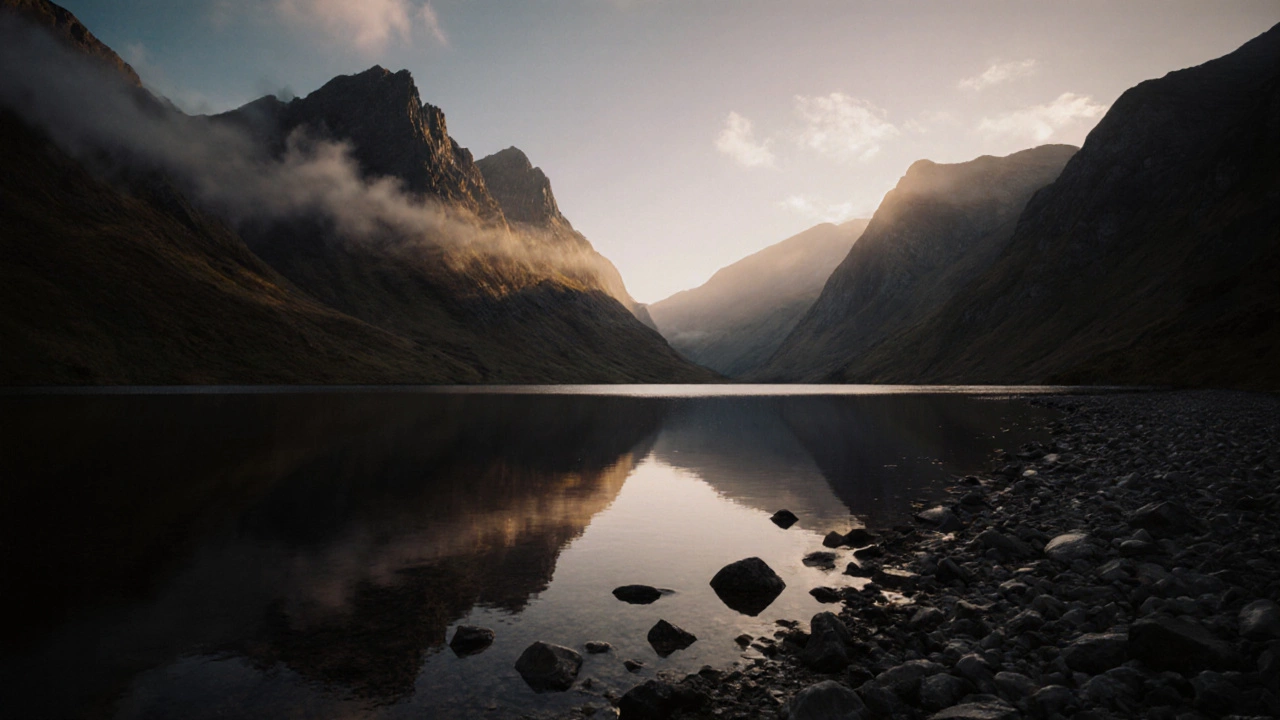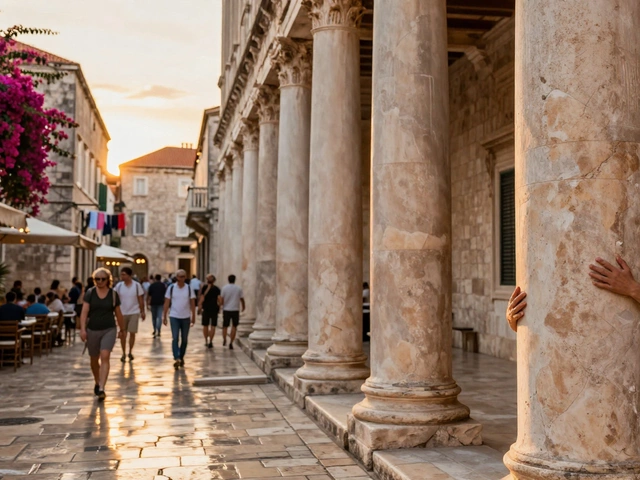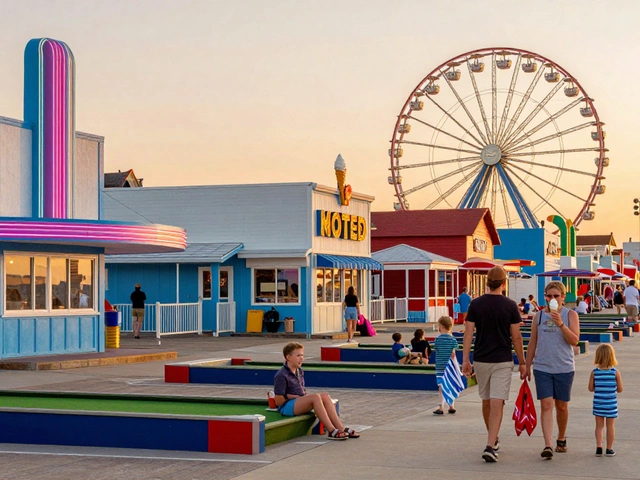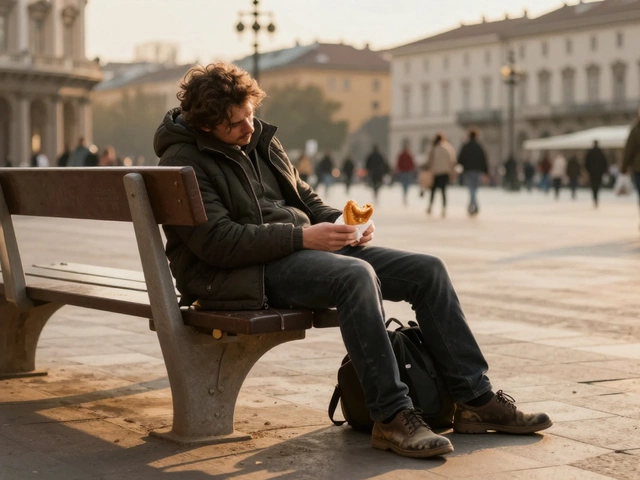Magical Place Finder
Find Your Perfect Destination
Based on your preferences, your ideal magical place is:
If you’ve ever stood on a misty hillside at dawn, watched the sun rise over a quiet lake with no one else in sight, and felt like time had paused just for you-you know what magic feels like. It’s not about fairy tales or wizards. It’s about places that stick to your bones. In the UK, that kind of magic isn’t rare. It’s hiding in plain sight, waiting for you to step off the main road and into the quiet.
The Lake District Isn’t Just Pretty-It’s Alive
Most people think of the Lake District as postcard scenery: windblown fells, mirror-still lakes, and cozy stone cottages. But the real magic happens when you leave the well-trodden paths. Head to Wastwater at sunset. The water turns black as ink, reflecting the steep walls of Screes and Great Gable. No boats. No crowds. Just the sound of your own breath. Locals call it the deepest lake in England, but that’s not why it feels sacred. It’s the silence. The way the light dies slowly behind the mountains, and you realize you’re not just visiting-you’re being watched by something ancient.
Walk the path from Wasdale Head to the summit of Scafell Pike. You’ll pass through valleys where sheep have roamed for centuries, where stone walls curve like old bones. At the top, you won’t see a sign saying "England’s Highest Point." You’ll see clouds rolling in like waves, swallowing the land whole. That’s when you understand why the Celts thought mountains were gateways.
Isle of Skye: Where the Earth Still Breathes
On the Isle of Skye, the land doesn’t just look wild-it acts wild. The Quiraing is a landslide carved by time and wind into a maze of jagged spires. Walk through it at sunrise, and the rocks glow red-orange, as if lit from within. The air smells like wet moss and salt. You’ll pass a lone cairn, stacked by someone decades ago, maybe to mark a lost sheep-or a lost soul. No one knows for sure.
At the Old Man of Storr, the rock stands alone, a broken tooth in the sky. Tourists take selfies. But if you sit quietly on the grass below, you’ll hear the wind whistle through the cracks. It sounds like a song no one’s written down. This isn’t a tourist attraction. It’s a living thing. Geologists say the rocks are 130 million years old. The people who lived here 5,000 years ago carved symbols into them. You’re standing where stories began.
Stanton Drew Stone Circles: The Forgotten Temple
Most people know Stonehenge. Few know Stanton Drew. Just outside Bristol, hidden in a quiet field, are three stone circles-bigger than Avebury, older than Stonehenge. The largest circle is 113 meters across. Thirty stones still stand, some taller than a person. No one knows why they were built. No written records. No myths passed down. Just silence.
Go on a foggy morning. The mist clings to the stones like smoke. You’ll be the only one there. Touch one. The stone is cold, smooth in places, rough in others. It’s been touched by farmers, druids, children, lovers. No one owns it. No one charges you to walk among them. That’s the magic: no ticket, no guard, no sign. Just stones that have held secrets longer than any language.
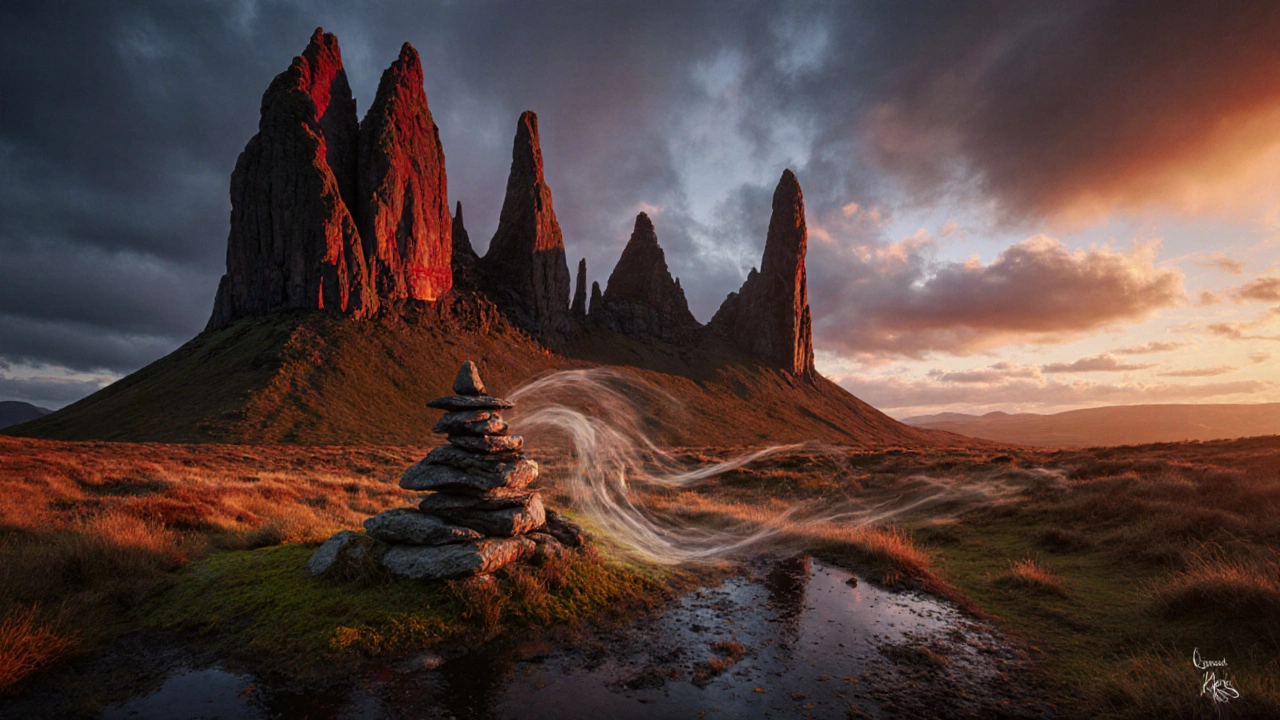
Northumberland’s Far North: Where the Sky Feels Close
Northumberland is the UK’s least populated county. That’s not a statistic-it’s a feeling. Drive north from Alnwick, past empty fields and stone barns, until the road ends at the coast. Bamburgh Castle rises from the dunes like a dream. At low tide, the beach stretches for miles, wet and glassy. You can walk for an hour without seeing another person.
At night, the sky here is the darkest in England. The Northumberland International Dark Sky Park covers 570 square miles. You’ll see the Milky Way like a river of dust. The stars don’t twinkle-they pulse. You’ll spot satellites, meteors, even the faint glow of the Northern Lights in winter. This isn’t a view. It’s a reminder that you’re small, and that’s okay.
Why These Places Feel Magical
Magical places don’t need fireworks. They don’t need neon signs or gift shops. They need time. They need silence. They need to be untouched by the rush.
The UK has over 1,000 towns and villages with populations under 1,000. Most of them are invisible on maps. But in each one, there’s a churchyard with moss-covered headstones, a stream that sings in spring, a hill that calls you to climb it. That’s the magic-not the spectacle, but the stillness.
People come to the UK for London, Edinburgh, the Cotswolds. But the real magic lives where the trains don’t run often, where the pub closes at 10 p.m., and where the only thing on the menu is stew and bread. It’s in the way an old man nods at you on a path and says nothing. It’s in the way a child picks up a smooth stone and pockets it without a word.
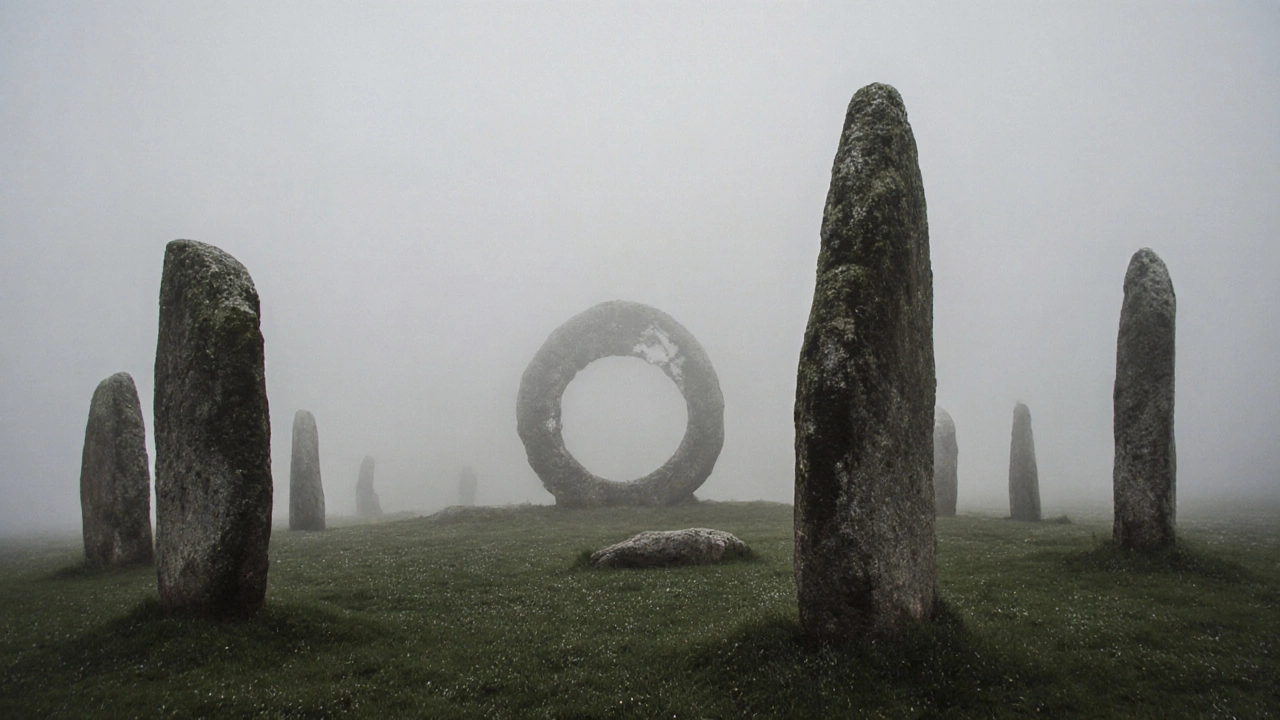
How to Find Your Own Magical Place
You don’t need to travel far. Start with your local area. Walk a path you’ve never taken. Go on a weekday. Go alone. Don’t take your phone. Look for:
- A place where the trees grow close together, forming a tunnel
- A bench with no view, just a quiet corner
- A stream that doesn’t appear on any map
- A ruin with no plaque explaining it
These are the places that hold memory. Not the kind you post online. The kind you carry in your chest.
When to Go
Spring and autumn are the best times. Summer is crowded. Winter is cold. But in May, the heather on the moors starts to bloom. In October, the leaves turn gold and fall in slow motion. The light is softer. The air smells like damp earth and woodsmoke. That’s when the magic wakes up.
Go early. Arrive before the tour buses. Sit on a rock. Wait. The place will show you what it wants to say.
What You’ll Take Home
You won’t bring back a postcard. You won’t buy a mug. You’ll bring back a quietness. A sense that the world doesn’t have to be loud to be beautiful. That some things are meant to be felt, not shared. That magic isn’t something you find. It’s something that finds you-when you’re still enough to let it.
Is the Lake District really the most magical place in the UK?
It’s one of them, but not the only one. Magic isn’t ranked. The Lake District has deep lakes and towering peaks, but places like Stanton Drew or the Far North of Northumberland offer something quieter-older, less known. The most magical place is the one that speaks to you, not the one with the most visitors.
Can I visit these places year-round?
Yes, but some are harder in winter. Paths on Skye get muddy and slippery. Roads in Northumberland may close in heavy snow. Spring and autumn offer the best balance: fewer people, mild weather, and the land at its most expressive. Winter has its own beauty, but you need proper gear and planning.
Do I need to hike to experience the magic?
No. Some of the most powerful moments happen on short walks. Sit by Wastwater for an hour. Walk the loop around the Stanton Drew stones. Stand on Bamburgh Beach at sunset. You don’t need to climb a mountain. You just need to be still long enough to notice the quiet.
Are these places free to visit?
All of them are. There are no entrance fees to Wastwater, the Quiraing, Stanton Drew, or Bamburgh Beach. Some car parks charge a small fee-usually £2-£5-but the land itself is open. This is part of the magic: no one owns it. It’s yours to feel, not to pay for.
Why don’t more people know about Stanton Drew?
Because it’s not marketed. No TV ads. No Instagram influencers. It’s not on most tour itineraries. It’s forgotten by history books. But that’s why it’s powerful. It hasn’t been turned into a show. It’s still a mystery. And mystery is what makes magic real.
If you’re looking for a staycation that changes you-not just one that looks good on camera-go somewhere quiet. Somewhere old. Somewhere that doesn’t need you to like it to be beautiful. That’s where the magic lives.

